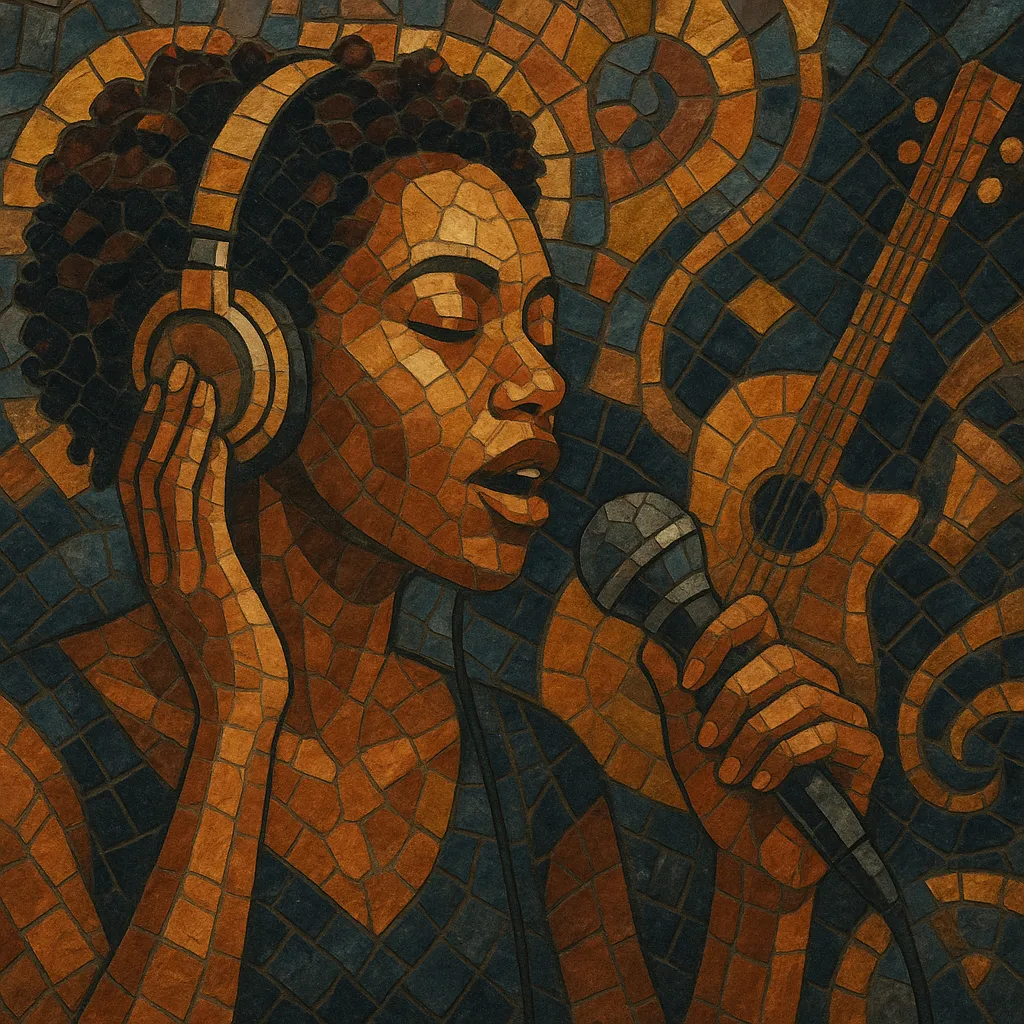Afro R&B blends the melodic intimacy and harmonic richness of contemporary R&B with the polyrhythmic bounce, guitar licks, and percussive textures of West African pop forms (Afrobeats/afropop and highlife). The result is a smooth, groove-forward style that feels both tender and danceable, favoring spacious production, airy pads, and syncopated drums that leave room for expressive vocals.
Core features include mid-tempo grooves (roughly 90–110 BPM), swung and syncopated percussion (shekere, rimshots, light congas), palm-wine/highlife-inspired guitar lines, and soulful toplines often sung in a mix of English, Nigerian Pidgin, and local languages (e.g., Yoruba). Lyrically, Afro R&B leans into romance, vulnerability, and everyday intimacy while embracing a contemporary, metropolitan sensibility.
Afro R&B emerged in Nigeria and, to a lesser extent, Ghana as young singers and producers fused the melodic language of contemporary R&B with the rhythmic DNA of Afrobeats/afropop and highlife. Early Nigerian R&B stylists (e.g., Wande Coal) set a template for emotive vocals over Afrocentric drum patterns, while Lagos and Accra studios honed a sleek, radio-ready sound.
Streaming platforms, YouTube, and diaspora hubs like London accelerated cross-pollination. Producers such as Sarz, P2J, and Juls refined a supple, minimal drum feel and glossy textures that foregrounded vocals. Acts including Tiwa Savage and Simi helped codify the style locally, while collaborations and co-signs brought global attention. The late-2010s/early-2020s saw worldwide hits with strong Afro R&B DNA—Tems’ rise, Wizkid’s smoother R&B-leaning phases, and CKay’s viral "Love Nwantiti"—cementing the sound’s international appeal.
The sound emphasizes head-nod bounce rather than hard club energy: swung hi-hats and shakers, offbeat rimshots, and subtly syncopated kicks carry gentle guitar motifs and lush R&B chord voicings (7ths/9ths). Toplines favor intimate storytelling, melisma, and layered harmonies; call-and-response ad-libs lend a communal feel rooted in African popular music.
Today, Afro R&B is a core strand of the Afrobeats/global African pop ecosystem. New-school vocalists (Tems, Ayra Starr, Oxlade, Elaine) and crossover stars (Wizkid, Fireboy DML) push the style into international charts, fashioning a modern, cosmopolitan sound that influences scenes from the UK to Francophone pop markets.


